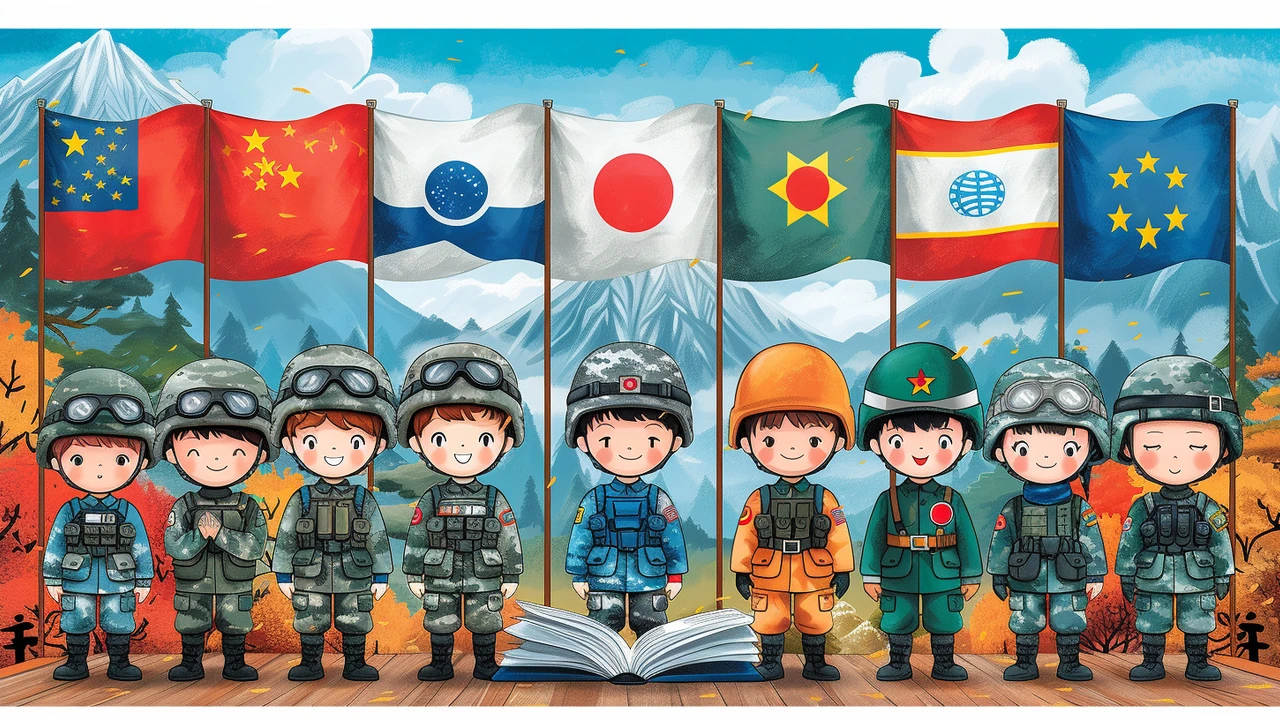What does success look like in peacekeeping? Is it fewer shootings on the street, an election that actually happens, or children returning to school? All of those. This page collects stories and clear lessons from missions that moved places from violence toward steady peace. You’ll find practical examples and the concrete steps that made them work.
Look at Liberia: after years of civil war, the UN mission helped disarm fighters, support elections, and train local police. That didn’t fix everything, but it cut large-scale violence and gave space for institutions to grow. Timor-Leste (East Timor) is another example — international presence helped stabilize the transition to independence and set up basic governance. In Sierra Leone, coordinated efforts to disarm combatants and support justice mechanisms reduced armed threats and opened the door to community recovery.
These are not fairy tales. Each example involved slow, often messy work—clearing mines, rebuilding courts, running voter registration, and helping ex-combatants learn trades. Those everyday tasks add up. Peacekeeping wins are usually a string of small, practical steps rather than one big moment.
Clear mandate. Missions with focused, realistic goals tend to deliver. When peacekeepers know exactly what they must protect or build, they can measure progress and adapt. Local buy-in. Success rarely comes from outside pressure alone — it needs local leaders, civil society, and communities to accept and use the space peacekeepers create. Protection of civilians. When missions prioritized keeping people safe, communities were more likely to trust them and return to normal life.
Practical tools mattered too: disarmament, demobilization, and reintegration (DDR) programs turned fighters into neighbors; justice and reconciliation efforts prevented cycles of revenge; and support for elections reset political processes. Coordination was key — UN units, NGOs, local authorities, and donors had to work together instead of duplicating efforts. Funding and troop commitments were basic but essential: missions can’t act without boots on the ground or money for programs.
New tools helped modern missions succeed. Better data, maps of conflict hotspots, and safer transport made operations faster and more precise. Training on human rights, gender issues, and cultural awareness helped peacekeepers work more effectively with local people. Technology alone doesn’t win peace, but it sharpens where and how resources are used.
Want a quick takeaway? Successful peacekeeping is practical, patient, and local. It focuses on safety first, then on institutions, and it keeps communities at the center. If you want to learn more, read the linked pieces on this tag page — they break down tactics, hero stories, and the policies that turned fragile moments into lasting gains.

As an avid observer and commentator on issues of global significance, I find the topic of peacekeeping both daunting and inspiring. The struggles and victories associated with it are a profound testament to our collective attempts to establish harmony. Witnessing intricate negotiations, fragile ceasefires, and the invaluable triumphs, I've learned that peacekeeping is a complex, but imperative element in international relations. This article reflects on the challenges and triumphs of global peacekeeping efforts, analyzing their impact and importance in shaping the world.
